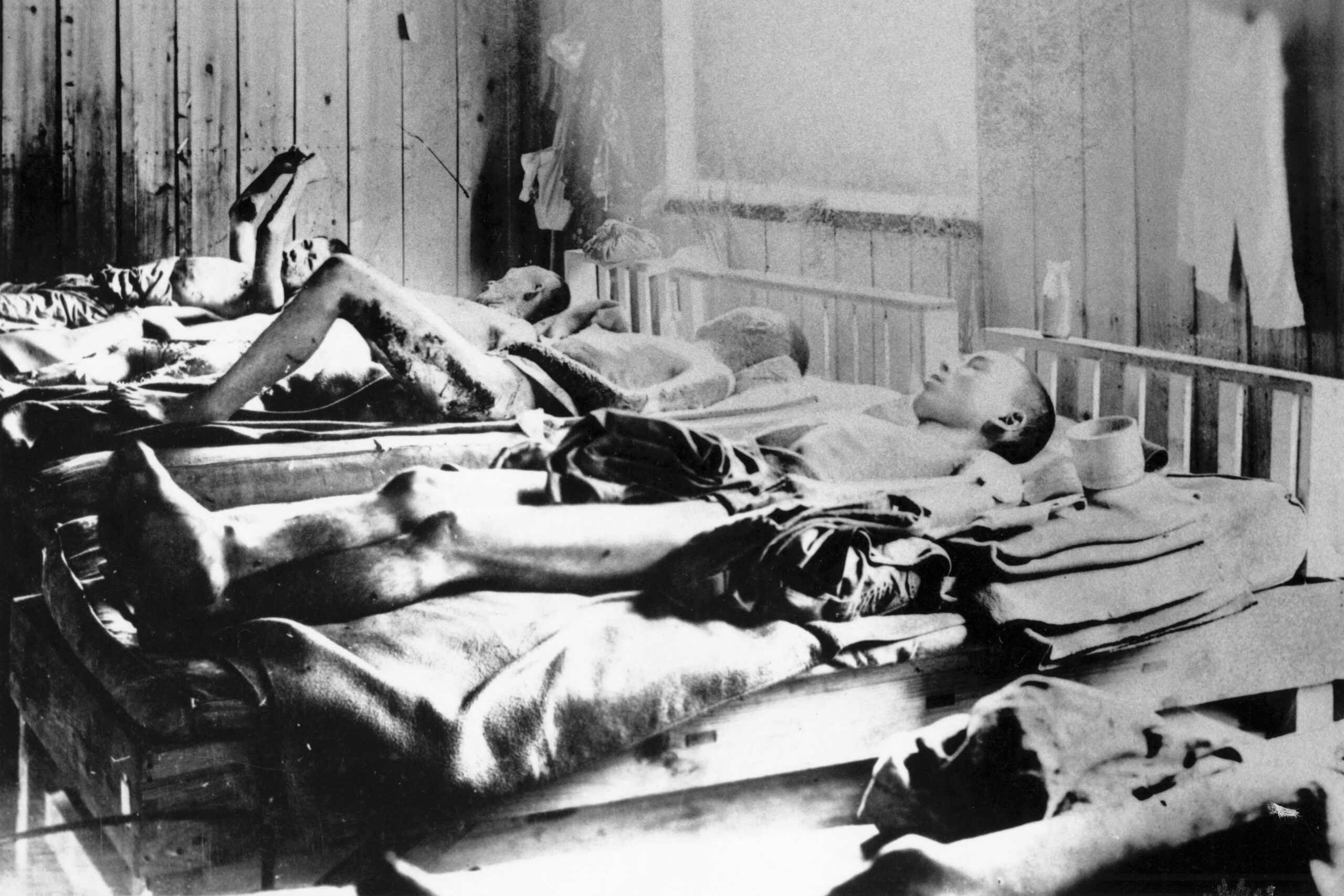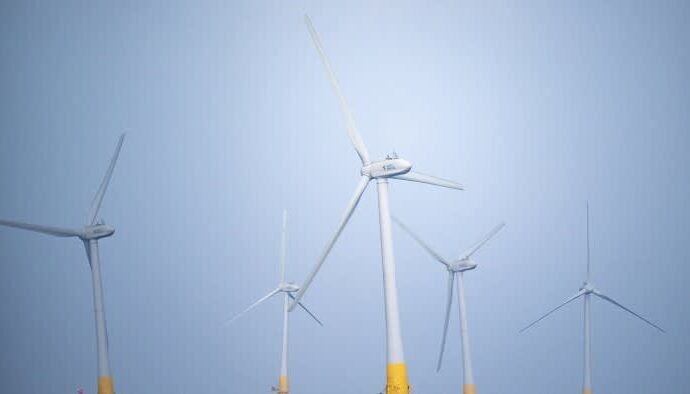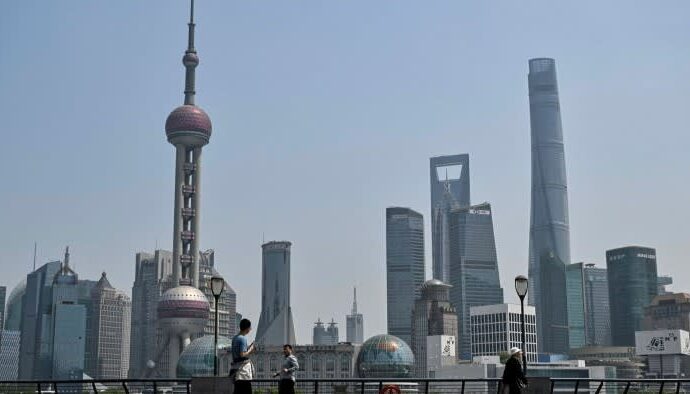Unlock the Editor’s Digest for free
Roula Khalaf, Editor of the FT, selects her favourite stories in this weekly newsletter.
Cancers caused by radiation from the atomic bombs dropped on Hiroshima and Nagasaki 80 years ago have killed or will kill under 1 per cent of those who initially survived the explosions and radiation exposure, according to a comprehensive new study.
About 140,000 people in Hiroshima and 74,000 in Nagasaki are believed to have died by the end of 1945 from the effects of blast, heat and acute radiation poisoning. At an 80th anniversary ceremony in Nagasaki on Saturday, Japanese Prime Minister Shigeru Ishiba said it was essential to pass down memories of the “brutal impact of the harm wrought by the atomic bombings”.
Exposure to high levels of radiation increases cancer risk. However, Philip Thomas, professor of risk management at Bristol university, said his study’s estimate that just 3,100 out of 324,000 survivors of the atomic bombings had died or would die of radiation-induced leukaemia or solid tumours would surprise many.
“This research shows that radiation, while dangerous, is a weaker cause of cancer than many people think,” said Thomas, whose earlier career was spent in the nuclear industry. His results are published in the Journal of Biological Physics and Chemistry.
Thomas extended the analysis of the official Japan-US Radiation Effects Research Foundation, whose Life-Span Study has concentrated on a sample of 87,000 hibakusha survivors since 1950. By including additional health and demographic data, his analysis covered an estimated total of 324,000 people in the two cities who survived the immediate effects of the bombs.
The study used a variety of mathematical and statistical techniques to extrapolate cancer mortality from the late 1940s out to 2055 when the youngest possible survivor would be 110. The risk of radiation-induced leukaemia begins to increase two or three years after exposure and peaks after 10 years or so, while some solid tumours may take more than 50 years to develop.
“Even survivors who received massive doses of radiation lived remarkably long lives,” Thomas said. Those who absorbed 2.25 gray — more than three times the level that causes radiation sickness and 100 times the yearly limit allowed for nuclear workers in Britain today — died at an average age of more than 78.

Amy Berrington, professor of cancer epidemiology at London’s Institute of Cancer Research, said: “Fears about risks from ionising radiation can be magnified by some and minimised by others. It’s a very complex issue. But Thomas’s overall conclusions are broadly consistent with previous research on the cancer risks in the Hiroshima and Nagasaki survivors.”
She added: “We have to be very careful about extrapolating the findings to other exposure settings without more information about the different doses to which the population was exposed to.”
According to Japan’s health ministry, of the 99,130 remaining hibakusha, about 4,738 have been assessed as eligible to receive special medical payments for illnesses caused by radiation.
Ishiba said in his speech on Saturday that the atomic bombings had caused long-term health problems and communicating their “true nature” was “crucial as the starting point for all efforts towards nuclear disarmament”.
Berrington said one reassuring finding of research into hibakusha was that no health risks were passed on to their children, adding that such risks were among the “greatest fears” of people evacuated during the crisis and meltdowns at Japan’s Fukushima Daiichi nuclear plant after it was hit by a tsunami in 2011.
A study of workers exposed to high radiation levels following the 1986 Chornobyl accident also found no effects on children born to them afterwards, she said.
Additional reporting by Harry Dempsey in Tokyo


